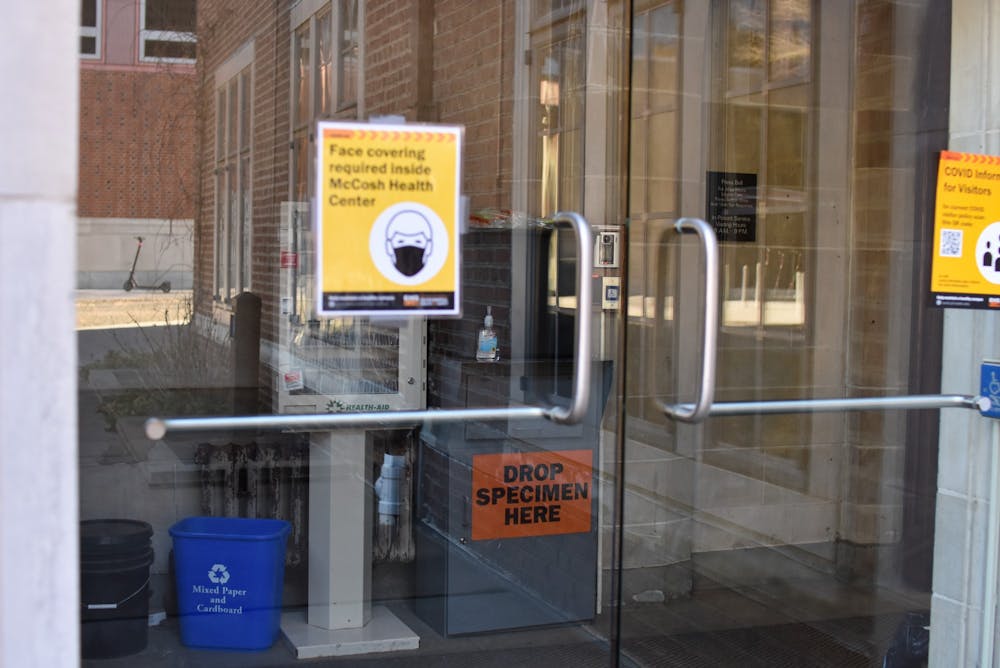School of Public and International Affairs professor Noreen Goldman and her colleagues recently published “The impact of COVID-19 on life expectancy among four Asian American subgroups,” deconstructing aggregate data about Asian American life expectancies after the pandemic. Published in the Social Science & Medicine - Population Health journal, the study found that Asian Americans as a whole faced greater losses in life expectancy between 2019 and 2020 than the white population, losing 1.1 to 3.9 years, with the largest drops occurring among Chinese women and Filipino men.
These findings were significant given that Asian Americans had the highest life expectancies of any racial group prior to the pandemic. The losses in life expectancies also substantially varied across the four Asian American subgroups studied — Asian Indian, Chinese, Filipino, and Vietnamese people — reflecting the diversity of the community and the differences in the infection risk factors they may face.
In an interview with The Daily Princetonian, Goldman also shared that the U.S. Latino population lost four years of life expectancy during the pandemic, while the white population lost two years. These findings are particularly notable given that the Latino population had significantly higher life expectancies than the white population before the pandemic.
“Given the importance of comorbidities, since Latinos in general were healthier than whites, there should have been some protection,” Goldman said. “But there were so many other factors that came into play: crowded housing, multi-generational housing, language barriers, loss of jobs, a high proportion of people in frontline jobs.“
She cited frontline exposure as a major factor impacting the life expectancies of “some Asian subgroups and Latinos who were much more likely to have jobs that could not be performed at home.”
To conduct this research, Goldman and her colleagues calculated life expectancy changes over time using data published by the Center for Disease Control and the American Community Survey.
Goldman used life expectancy as a metric because it is a less biased measure of mortality than raw death rates. Analyzing populations using death rates may lead to incorrect conclusions since death rates skew higher for racial groups with overall older populations.
For example, Goldman said, “A relatively poor country often has a lower crude death rate than a rich country because its population is younger. That’s not telling us what we want to know about underlying mortality conditions.” Studying life expectancy instead controls for that bias.
This research builds upon Goldman’s previous work analyzing health inequalities. Last year, she published “Life expectancy loss among Native Americans during the COVID-19 pandemic” in the Demographic Research journal.
The study found that “the estimated loss in life expectancy at birth for Native Americans is 4.5 years in 2020 and 6.4 years in 2021 relative to 2019,” even though they initially had high rates of vaccination.
Goldman attributes this drop in life expectancy among Native Americans to factors including high rates of poverty, lack of access to healthcare, and high rates of chronic health conditions.
“I think all those factors have led them to have the lowest life expectancy of all major groups prior to the pandemic and experience the greatest losses” during the pandemic, Goldman added.
Goldman’s ongoing projects aim to continue studying inequality in health outcomes. One such project is analyzing the impact of social and economic factors on the cardiovascular health of a large sample of 22 year-olds.
She aims to bring awareness to inequalities that are often overlooked in the media or in academic literature, such as the disproportionate impact of the pandemic on Native Americans which garnered little media attention.
According to Goldman, “This is a kind of impact that puts life expectancy of a group in the United States lower than many countries in South Asia and lower than virtually every country in the Americas except for Haiti. Putting it in that perspective demonstrates that it's just an unacceptable situation in a high income country.”
Sofia Arora is a contributing News writer for the ‘Prince.’
Please send corrections to corrections[at]dailyprincetonian.com.





